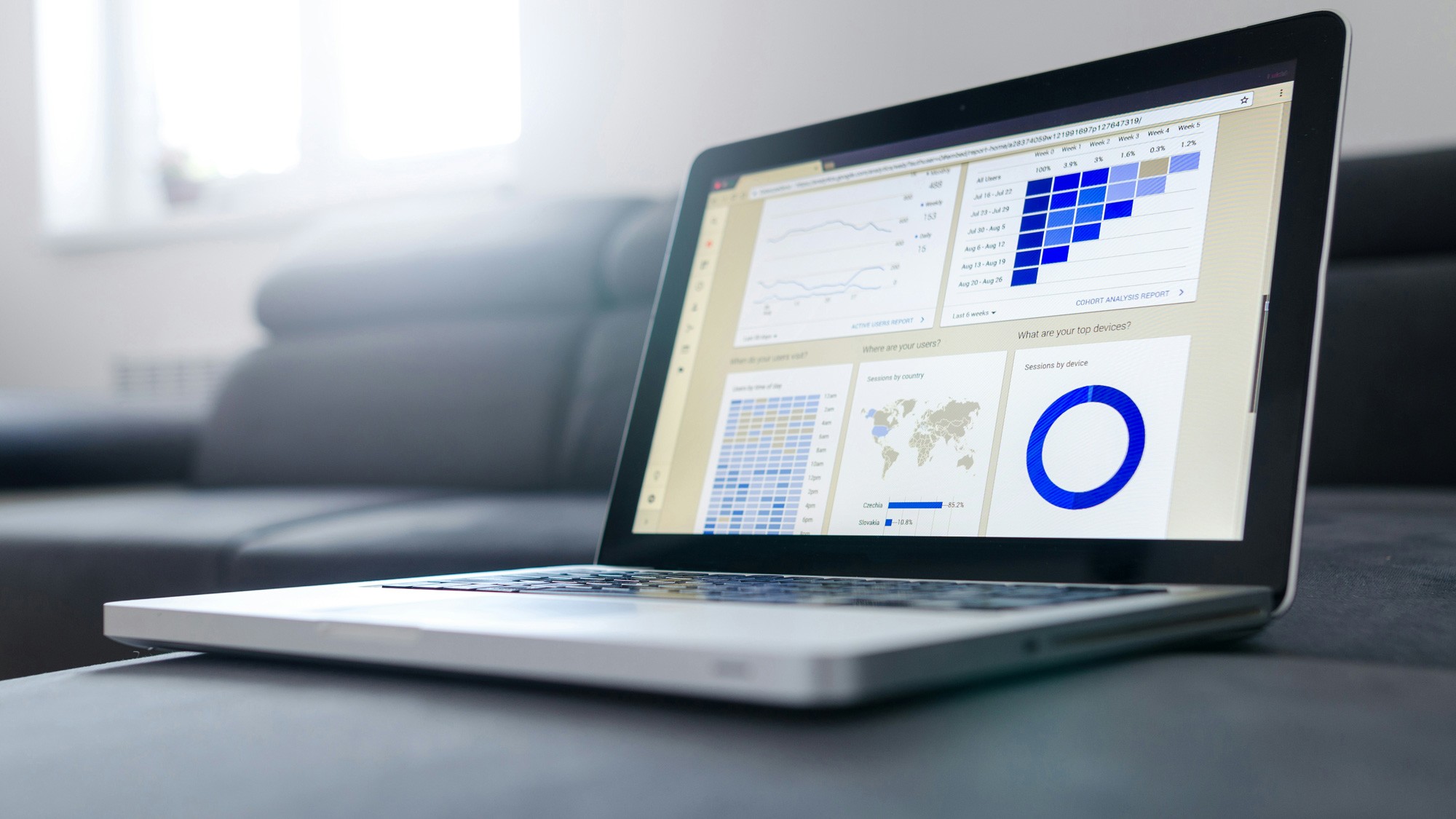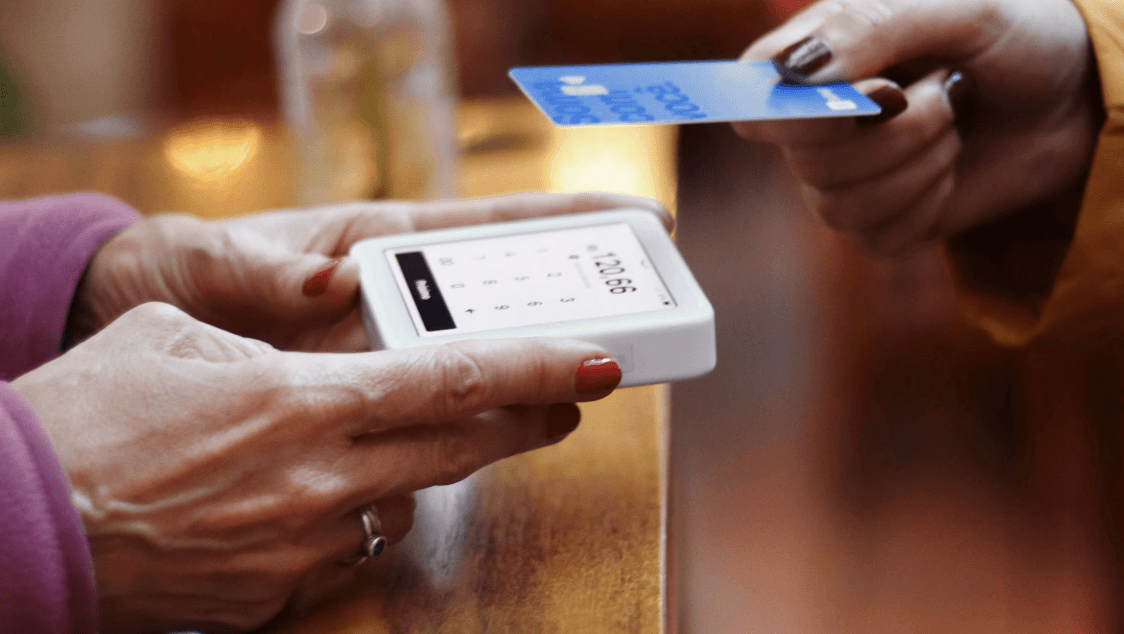Photo by Nathana Rebouças on Unsplash
Sometimes product experiences hit a point where they need a refactor, earlier we covered tips for approaching a full product redesign. Today, I’d like to go a few layers deeper to discuss how to go about refactoring an existing feature. We will cover the foundation to start with, considerations to improve an experience, and how to measure success.
How to develop a winning strategy for feature redesigns
How to define the impact of your UX refactor
Kick off the process by understanding why you’re redesigning a feature. Define the outcome that you’re aiming for with a feature redesign. Once you have a goal outcome in mind take a step back to identify what is missing from your current experience that could get you to your goal outcome.
How to develop a long-term product strategy
The reason we start with the existing experience is to understand the gaps between where a feature is today, and where it should be. This line of thinking is helpful to uncover the minimum necessary to get value. In some cases a slight change may get you to your goal outcome. A redesign for a redesign’s may not yield the results you want. Changing a part of your product could slow users down, as they re-learn how to use a specific feature.
What to consider when redesigning a feature

Photo by Lukas Blazek on Unsplash
When to make changes to an experience
This may be one of the most important phases of the redesign experience: Take the time to understand what your existing experience does. Dig deep to learn what your experience offers, how your users interact with features.
How to avoid issues with a feature redesign
Even though a redesign can unlock new opportunities, taking away functionality may have negative impacts on the perception of your redesign.Take the time to understand the full functionality of your feature experience. If possible, measure how people are interacting with your feature through usage metrics. Being able to analyze what users interact with and how can uncover ways to bring attention to lesser-known parts of an experience.
How to measure the impact of a redesign.
A Graceful transition
A change in user behavior is a good opportunity to gather user-feedback, test hypotheses, and apply user feedback. When releasing a redesign, consider matching current day functionality, applying the new design, and testing the experience behind a self-service feature toggle. Permit users to opt into the new experience, provide feedback, and revert if they want to. Releasing a redesign MVP with user-feedback in mind, offers you the benefit of self-service user-testing from your target demographic.
